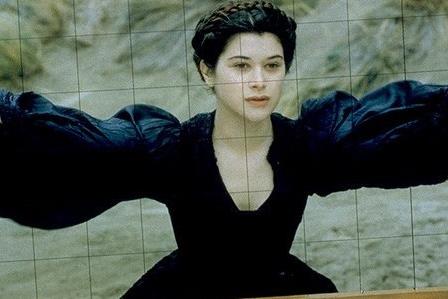
Urania Film, © 1998 Miramax Films
Image reproduced from CineImage
 |
| Photo
© 1997 Black Forest Films/Première Haute/ Urania Film, © 1998 Miramax Films Image reproduced from CineImage |
| Golden Globe Nominations (1997): | |
| Best Foreign-Language Film | |
| Permalink | Home | 1998 | ABC | Blog |